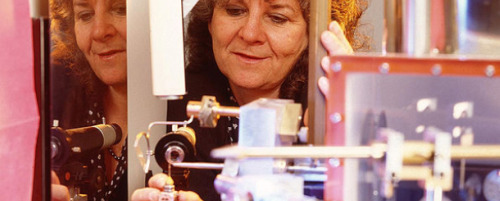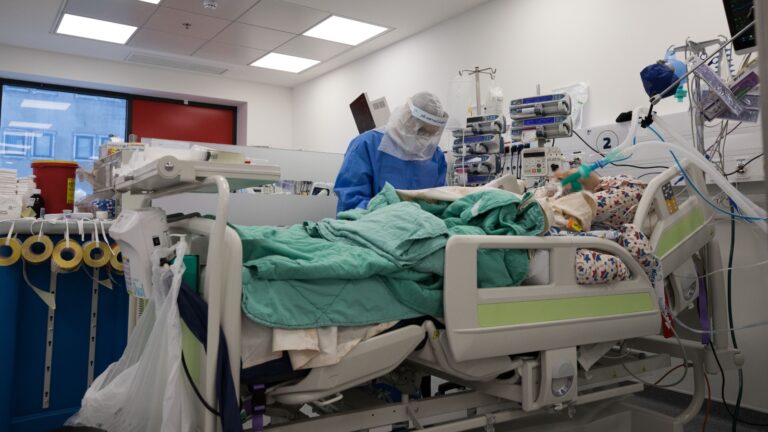
Researchers from Israel and the US have discovered that two marginally useful antibiotics working together could be more effective in fighting off today’s deadly antibiotic-resistant superbugs than either drug working alone.
In Israel, the researchers were led by Prof. Ada Yonath, who won the Nobel Prize in Chemistry in 2009 for her pioneering work in ribosome crystallography. They found that when used together, the two antibiotics lankacidin and lankamycin (which are produced naturally by the microbe streptomyces) are much more successful in inhibiting growth of pathogens such as MRSA (methicillin-resistant Staphylococcus aureus), a dangerous staph infection that is resistant to certain antibiotics.
MRSA was discovered in the UK in 1961, and made its first major appearance in the US 20 years later, sounding alarm bells throughout the medical community. The infection was soon labeled a superbug because of its resistance to traditional antibiotic treatment.
In 2007, a report by the Centers for Disease Control and Prevention (CDC), estimated that the number of MRSA infections in US hospitals had doubled since 1999. In another report later that year the CDC estimated that 95,000 people in the US had suffered an MRSA infection that year alone, and that the infections were responsible for more deaths in the US than AIDS.
Epidemic proportions
Especially common in hospitals, the deadly infection is nearing epidemic proportions. Patients with open wounds or weakened immune systems are considered to be at greater risk of infection than the general public.
Antibiotics work in two ways. Some stave off an infection by preventing the ribosome – the protein-synethizing factories of the cell – from assembling proteins, while others bind in a tunnel through the ribosome body and block the passage of newly made proteins.
Under the leadership of Yonath, the Israeli researchers from the Weizmann Institute of Science in Rehovot used X-ray crystallography, which determines the arrangement of atoms in biological molecules, to discover the exact binding site of lankacidin in the ribosome.
The scientists in the US, led by Alexander Mankin, professor and associate director of the Center for Pharmaceutical Biotechnology at the University of Illinois, Chicago, then showed that lankacidin prevents the ribosome from assembling new proteins.
When the researchers realized that streptomyces also manufacture lankamycin, they became curious as to whether the two drugs might help each other. Biochemical analysis and molecular modeling showed that lankamycin binds in the ribosomal tunnel right next to lankacidin.
Combining drugs for better treatment
“What we found most amazing is that the two antibiotics appeared to help each other in stopping pathogens from making new proteins and in inhibiting bacterial growth,” says Mankin.
With the increase of new superbugs like MRSA, many drug companies are seeking ways to improve existing drugs. The researchers believe the study suggests that drug companies should start exploring how combinations of drugs work together.
It is a “much better strategy not to improve individual drugs, but the combinations of drugs that can act together,” Mankin explains.
The research results were published in the online edition of the Proceedings of the National Academy of Sciences of the USA in January.
Yonath, the director of the Center for Biomolecular Structure and Assembly at the Weizmann Institute, has revealed the modes of action of over 20 different antibiotics that target bacterial ribosomes. Through this work she has been able to identify how bacteria become resistant to antibiotics and has helped lay the groundwork for scientists to start developing new bacteria-resistant antibiotics that better target the ribosomes of pathogens to avoid the problem of resistance.
















